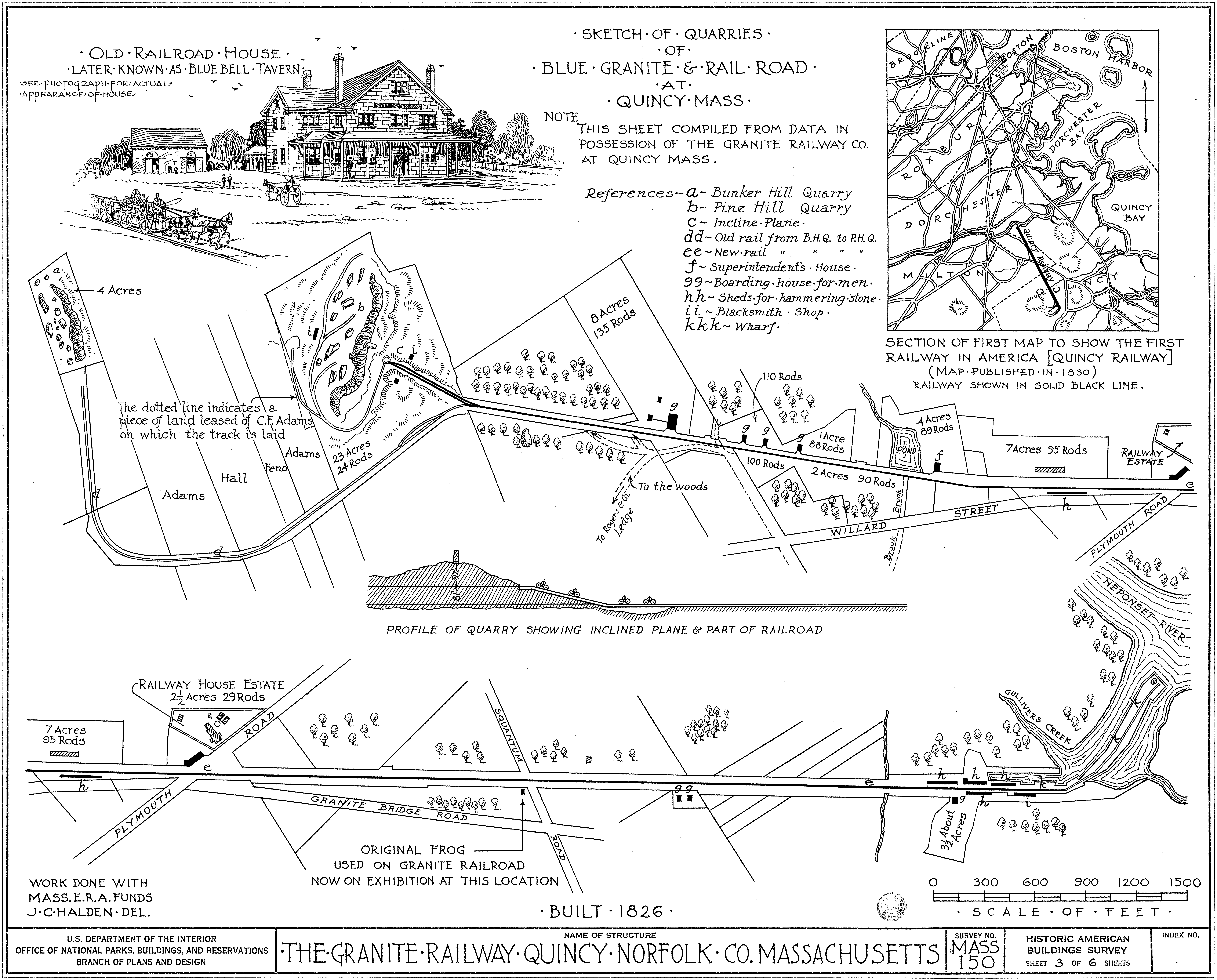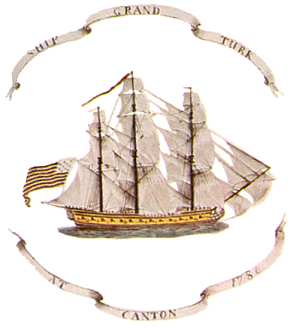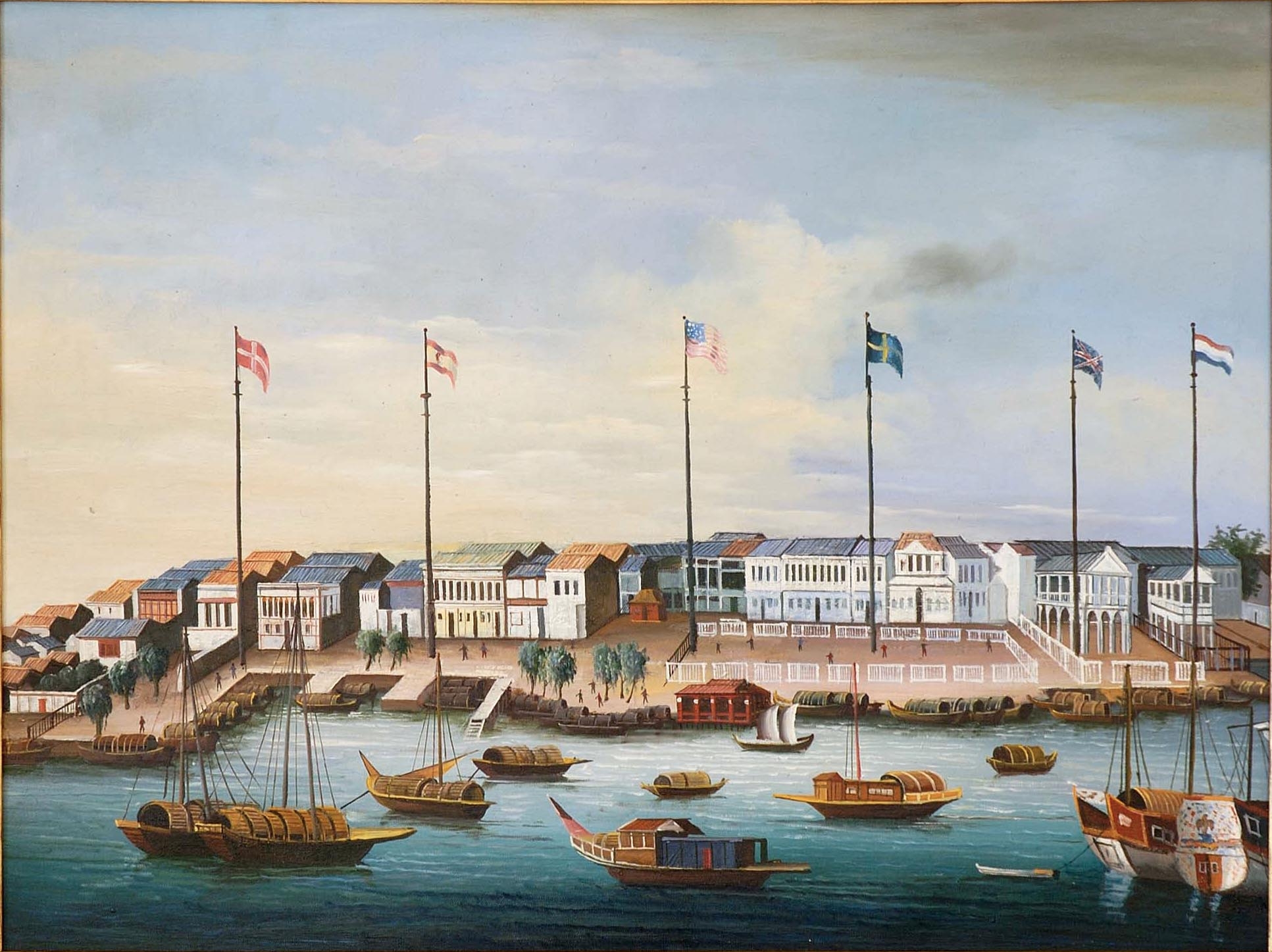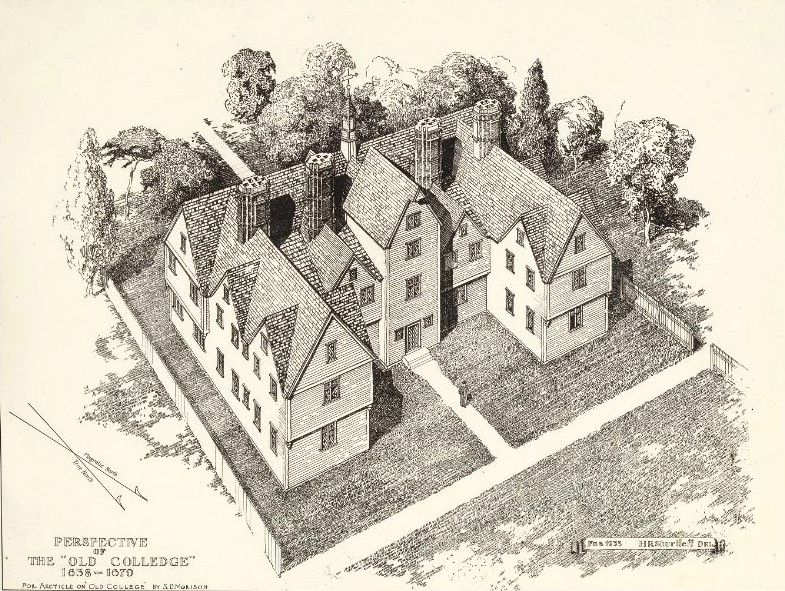|
Thomas Handasyd Perkins
Colonel Thomas Handasyd Perkins, also known as T. H. Perkins (December 15, 1764 – January 11, 1854), was an American merchant, slave trader, smuggler and philanthropist from a wealthy Boston Brahmin family. Starting with bequests from his grandfather and father-in-law, he amassed a huge fortune. As a young man, he traded slaves in Saint-Domingue, worked as a maritime fur trader trading furs from the American Northwest to China, and then turned to smuggling Turkish opium into China. His philanthropic contributions include the Perkins School for the Blind, renamed in his honor; the Boston Museum of Fine Arts; McLean Hospital; along with having a hand in founding the Massachusetts General Hospital. Early life Perkins was born on December 15, 1764, in Boston, Massachusetts. His parents, James Perkins and Elizabeth Peck, had ten children in eighteen years. His nephew John Perkins Cushing was active in Perkins' China business for 30 years; the town of Belmont, Massachusetts, is n ... [...More Info...] [...Related Items...] OR: [Wikipedia] [Google] [Baidu] |
Massachusetts General Hospital
Massachusetts General Hospital (Mass General or MGH) is the original and largest teaching hospital of Harvard Medical School located in the West End neighborhood of Boston, Massachusetts. It is the third oldest general hospital in the United States and has a capacity of 999 beds. With Brigham and Women's Hospital, it is one of the two founding members of Mass General Brigham (formerly known as Partners HealthCare), the largest healthcare provider in Massachusetts. Massachusetts General Hospital houses the largest hospital-based research program in the world, the Mass General Research Institute, with an annual research budget of more than $1 billion in 2019. It is currently ranked as the #8 best hospital in the United States by '' U.S. News & World Report''. In , ''The Boston Globe'' ranked MGH the fifth best place to work out of Massachusetts companies with over 1,000 employees. History Founded in 1811, the original hospital was designed by the famous American architect Char ... [...More Info...] [...Related Items...] OR: [Wikipedia] [Google] [Baidu] |
Granite Railway
The Granite Railway was one of the first railroads in the United States, built to carry granite from Quincy, Massachusetts, to a dock on the Neponset River in Milton. From there boats carried the heavy stone to Charlestown for construction of the Bunker Hill Monument. The Granite Railway is popularly termed the first commercial railroad in the United States, as it was the first chartered railway to evolve into a common carrier without an intervening closure. The last active quarry closed in 1963; in 1985, the Metropolitan District Commission purchased , including Granite Railway Quarry, as the Quincy Quarries Reservation. History In 1825, after an exhaustive search throughout New England, Solomon Willard selected the Quincy site as the source of stone for the proposed Bunker Hill Monument. After many delays and much obstruction, the railway itself was granted a charter on March 4, 1826, with right of eminent domain to establish its right-of-way. Businessman and state legisl ... [...More Info...] [...Related Items...] OR: [Wikipedia] [Google] [Baidu] |
Elias Hasket Derby
Elias Hasket Derby (August 16, 1739 — September 8, 1799) was a Colonial American merchant based in Salem, Massachusetts who owned or held shares in numerous privateers. The crews of these ships took more than 150 prizes during the American Revolution, and the sale of the prizes resulted in great wealth to be shared. Derby was in business with his father, who died at the end of the war. After the war, Derby converted his large, swift ''Grand Turk'' to commercial use, and sent it as the first New England vessel to trade directly with China. By specializing in the East Indies trade, Derby became not only one of the wealthiest and most celebrated traders of the post-Revolutionary period in Salem, Massachusetts, but at one point reputedly the richest man in the United States. Biography Early life Born in Salem in 1739, Elias Hasket Derby was the son of Richard Derby (1712–1783), a sea captain and merchant, and his wife. This son never went to sea but entered his father's bu ... [...More Info...] [...Related Items...] OR: [Wikipedia] [Google] [Baidu] |
James Magee (sea Captain)
James Magee (1750–1801) was one of the first Americans involved in the Old China Trade and the Maritime Fur Trade. He was born in County Down, Ireland, probably near Downpatrick. James and his brother Bernard immigrated to New England shortly before the American Revolutionary War Described as a "convivial, noble–hearted Irishman", he married Margaret Elliot, sister of Thomas Handasyd Perkins (T.H. Perkins), in October 1783. Magee lived in Roxbury, today part of Boston, ultimately in the Shirley–Eustis House, which he bought in 1798. His brother, Bernard Magee, was also a sea captain in the maritime fur trade. American Revolution During the American Revolutionary War James Magee commanded several ships. First, in 1777, the privateer ''Independence'', which was captured and brought into Boston Harbor by the British ship ''Countess''. In 1778 he briefly commanded the brigantine ''Ann''. Then he took command of the ''General Arnold'', a brigantine of 20 guns that was issued a l ... [...More Info...] [...Related Items...] OR: [Wikipedia] [Google] [Baidu] |
Supercargo
A supercargo (from Spanish ''sobrecargo'') is a person employed on board a vessel by the owner of cargo carried on the ship. The duties of a supercargo are defined by admiralty law and include managing the cargo owner's trade, selling the merchandise in ports to which the vessel is sailing, and buying and receiving goods to be carried on the return voyage. The supercargo has control of the cargo unless limited by other contracts or agreements. For instance, the supercargo has no authority over the stevedores, and has no role in the necessary preparatory work prior to the handling of cargo. Sailing from port to port with the vessel to which they are attached, supercargos differ from factors, who have a fixed place of residence at a port or other trading place. History During the Age of Sail from the 16th to the mid-19th century, the supercargo was the second-most important person aboard a merchant ship after the captain. Sweden On ships of the Swedish East India Company (1731–1 ... [...More Info...] [...Related Items...] OR: [Wikipedia] [Google] [Baidu] |
Old China Trade
The Old China Trade () refers to the early commerce between the Qing Empire and the United States under the Canton System, spanning from shortly after the end of the American Revolutionary War in 1783 to the Treaty of Wanghia in 1844. The Old China Trade represented the beginning of relations between the United States and East Asia, including eventually U.S.–China relations. The maritime fur trade was a major aspect of the Old China Trade, as was illegal trafficking in opium. The trade era overlapped the First Opium War, which resulted from an attempt by China to enforce its prohibition on opium smuggling by Western traders and blockade-runners between 1839–1842. Origins Anglo-American hostilities ceased in 1783 following the Second Treaty of Paris that ended the American Revolutionary War and subsequently freed American trade from British control. At the time, increased global demand for tea was one of the primary reasons for a shortage of silver; this was the only curren ... [...More Info...] [...Related Items...] OR: [Wikipedia] [Google] [Baidu] |
Guangzhou
Guangzhou (, ; ; or ; ), also known as Canton () and alternatively romanized as Kwongchow or Kwangchow, is the capital and largest city of Guangdong province in southern China. Located on the Pearl River about north-northwest of Hong Kong and north of Macau, Guangzhou has a history of over 2,200 years and was a major terminus of the maritime Silk Road; it continues to serve as a major port and transportation hub as well as being one of China's three largest cities. For a long time, the only Chinese port accessible to most foreign traders, Guangzhou was captured by the British during the First Opium War. No longer enjoying a monopoly after the war, it lost trade to other ports such as Hong Kong and Shanghai, but continued to serve as a major transshipment port. Due to a high urban population and large volumes of port traffic, Guangzhou is classified as a Large-Port Megacity, the largest type of port-city in the world. Due to worldwide travel restrictions at the beginni ... [...More Info...] [...Related Items...] OR: [Wikipedia] [Google] [Baidu] |
Cap-Haïtien
Cap-Haïtien (; ht, Kap Ayisyen; "Haitian Cape"), typically spelled Cape Haitien in English and often locally referred to as or , is a commune of about 190,000 people on the north coast of Haiti and capital of the department of Nord. Previously named ''Cap‑Français'' ( ht, Kap-Fransè; initially ''Cap-François'' ht, Kap-Franswa) and ''Cap‑Henri'' ( ht, Kap-Enri) during the rule of Henri I, it was historically nicknamed the ''Paris of the Antilles'', because of its wealth and sophistication, expressed through its architecture and artistic life. It was an important city during the colonial period, serving as the capital of the French Colony of Saint-Domingue from the city's formal foundation in 1711 until 1770 when the capital was moved to Port-au-Prince. After the Haitian Revolution, it became the capital of the Kingdom of Haiti under King Henri I until 1820. Cap-Haïtien's long history of independent thought was formed in part by its relative distance from Port-au-Pri ... [...More Info...] [...Related Items...] OR: [Wikipedia] [Google] [Baidu] |
Slave Trade
Slavery and enslavement are both the state and the condition of being a slave—someone forbidden to quit one's service for an enslaver, and who is treated by the enslaver as property. Slavery typically involves slaves being made to perform some form of work while also having their location or residence dictated by the enslaver. Many historical cases of enslavement occurred as a result of breaking the law, becoming indebted, or suffering a military defeat; other forms of slavery were instituted along demographic lines such as race. Slaves may be kept in bondage for life or for a fixed period of time, after which they would be granted freedom. Although slavery is usually involuntary and involves coercion, there are also cases where people voluntarily enter into slavery to pay a debt or earn money due to poverty. In the course of human history, slavery was a typical feature of civilization, and was legal in most societies, but it is now outlawed in most countries of the w ... [...More Info...] [...Related Items...] OR: [Wikipedia] [Google] [Baidu] |
Harvard College
Harvard College is the undergraduate college of Harvard University, an Ivy League research university in Cambridge, Massachusetts. Founded in 1636, Harvard College is the original school of Harvard University, the oldest institution of higher learning in the United States and among the most prestigious in the world. Part of the Faculty of Arts and Sciences, Harvard College is Harvard University's traditional undergraduate program, offering AB and SB degrees. It is highly selective, with fewer than five percent of applicants being offered admission in recent years. Harvard College students participate in more than 450 extracurricular organizations and nearly all live on campus—first-year students in or near Harvard Yard, and upperclass students in community-oriented "houses". History The school came into existence in 1636 by vote of the Great and General Court of the Massachusetts Bay Colony—though without a single building, instructor, or student. In 1638, the colleg ... [...More Info...] [...Related Items...] OR: [Wikipedia] [Google] [Baidu] |
United States Declaration Of Independence
The United States Declaration of Independence, formally The unanimous Declaration of the thirteen States of America, is the pronouncement and founding document adopted by the Second Continental Congress meeting at Pennsylvania State House (later renamed Independence Hall) in Philadelphia, Pennsylvania, on July 4, 1776. Enacted during the American Revolution, the Declaration explains why the Thirteen Colonies at war with the Kingdom of Great Britain regarded themselves as thirteen independent sovereign states, no longer subject to British colonial rule. With the Declaration, these new states took a collective first step in forming the United States of America and, de facto, formalized the American Revolutionary War, which had been ongoing since April 1775. The Declaration of Independence was signed by 56 of America's Founding Fathers, congressional representatives from New Hampshire, Massachusetts Bay, Rhode Island and Providence Plantations, Connecticut, New York, New Jer ... [...More Info...] [...Related Items...] OR: [Wikipedia] [Google] [Baidu] |









(cropped).jpg)